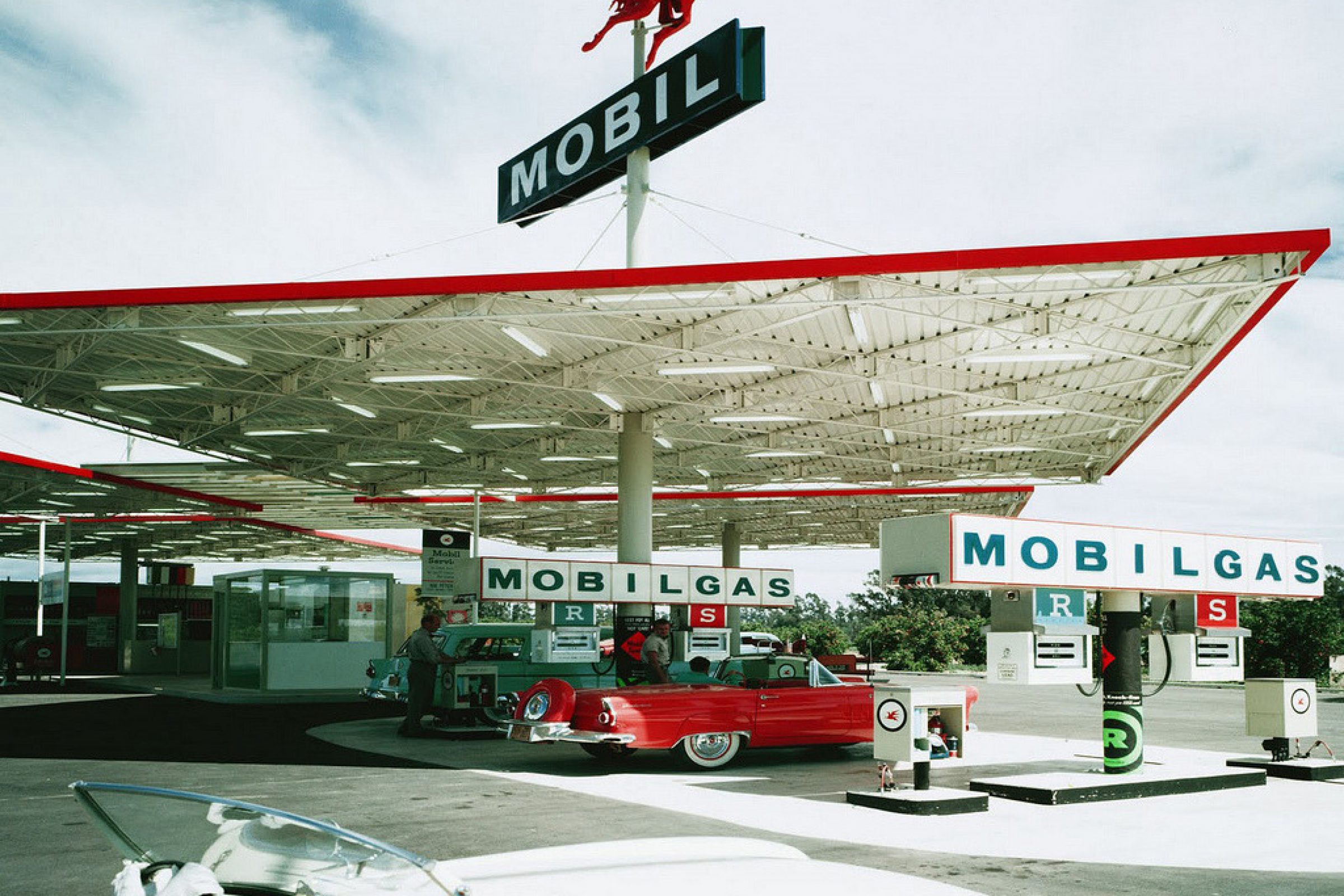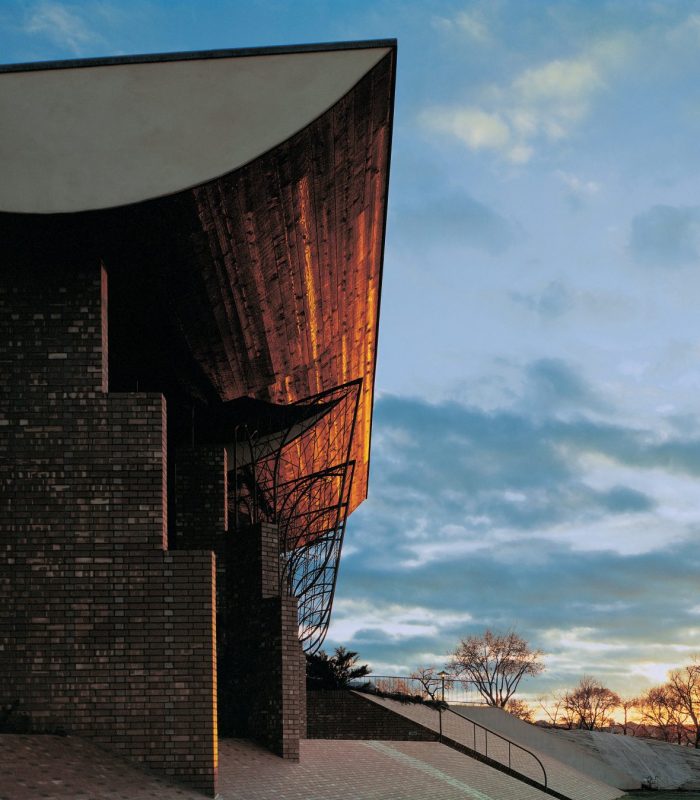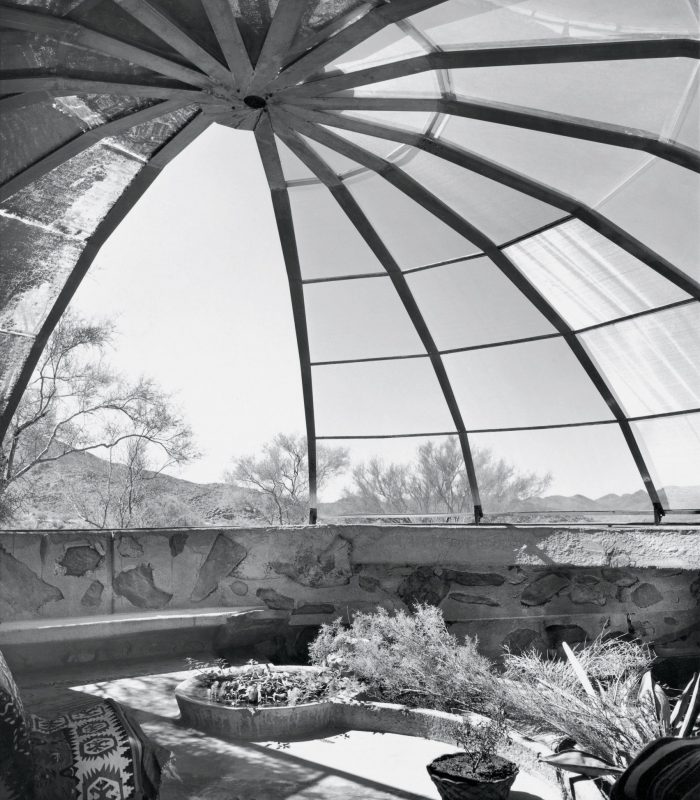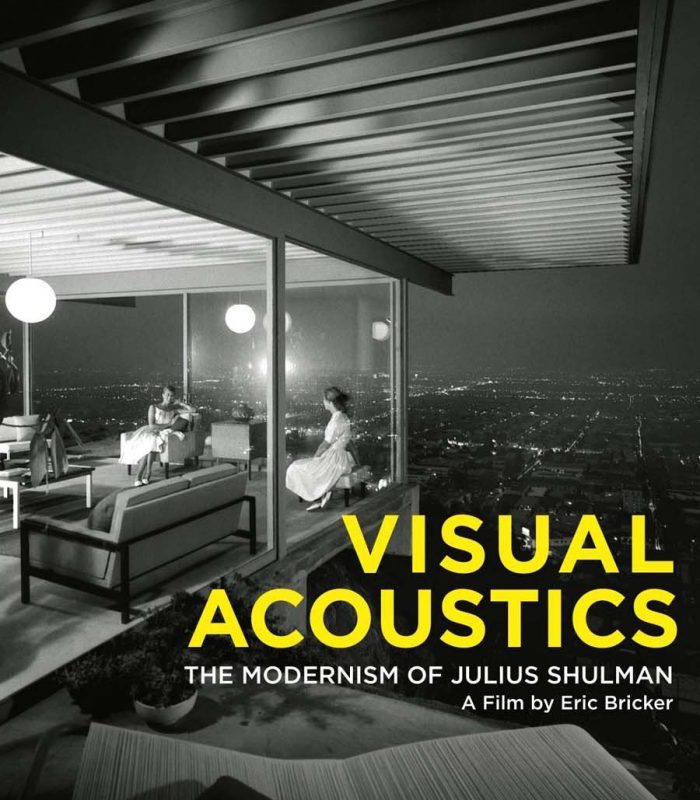Julius Shulman is an American architectural photographer who captured the modernist spirit of Californian houses in the 1960s. He was born in 1910, in Brooklyn, New York, and grew up on a farm in Connecticut. Later, his family moved to Los Angeles where he lived, attended university, and died in 2009.
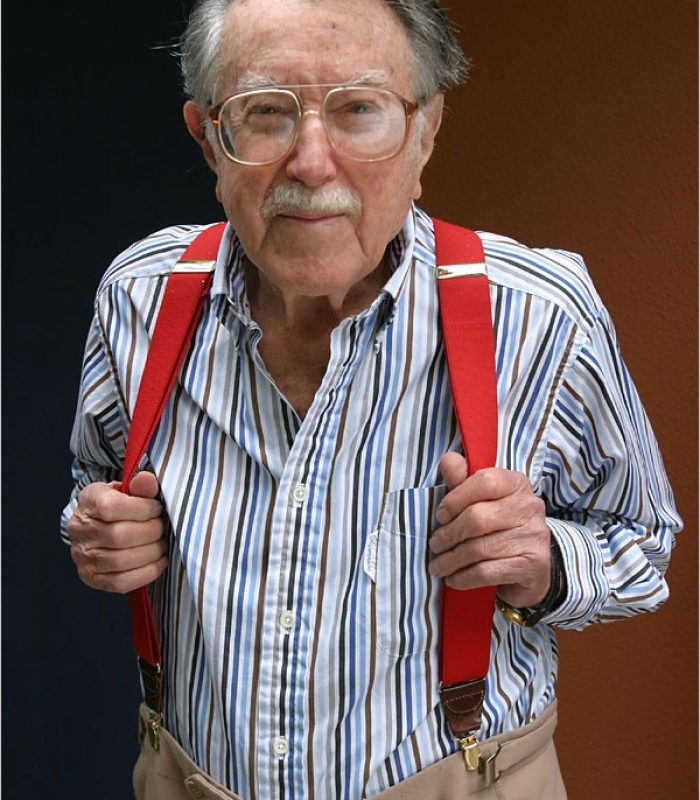
Courtesy The New York Times
His passion for photography brought him money when he was at college by selling photographs to his colleagues. Later, the young photographer opened a studio in LA to peruse his photography career. He, then, worked on assignments for many magazines like House and Garden, Good Housekeeping, and Life.
One of his experimental projects under the patronage of the Arts and Architecture magazine was the Case Study Houses. The experiment presented American modern house ideas during the post-war era. It documented the works of many architects like Richard Neutra, Craig Ellwood, Raphael Sarino, Eero Saarinen. The images showed houses that were built in Los Angeles between 1945 and 1966.
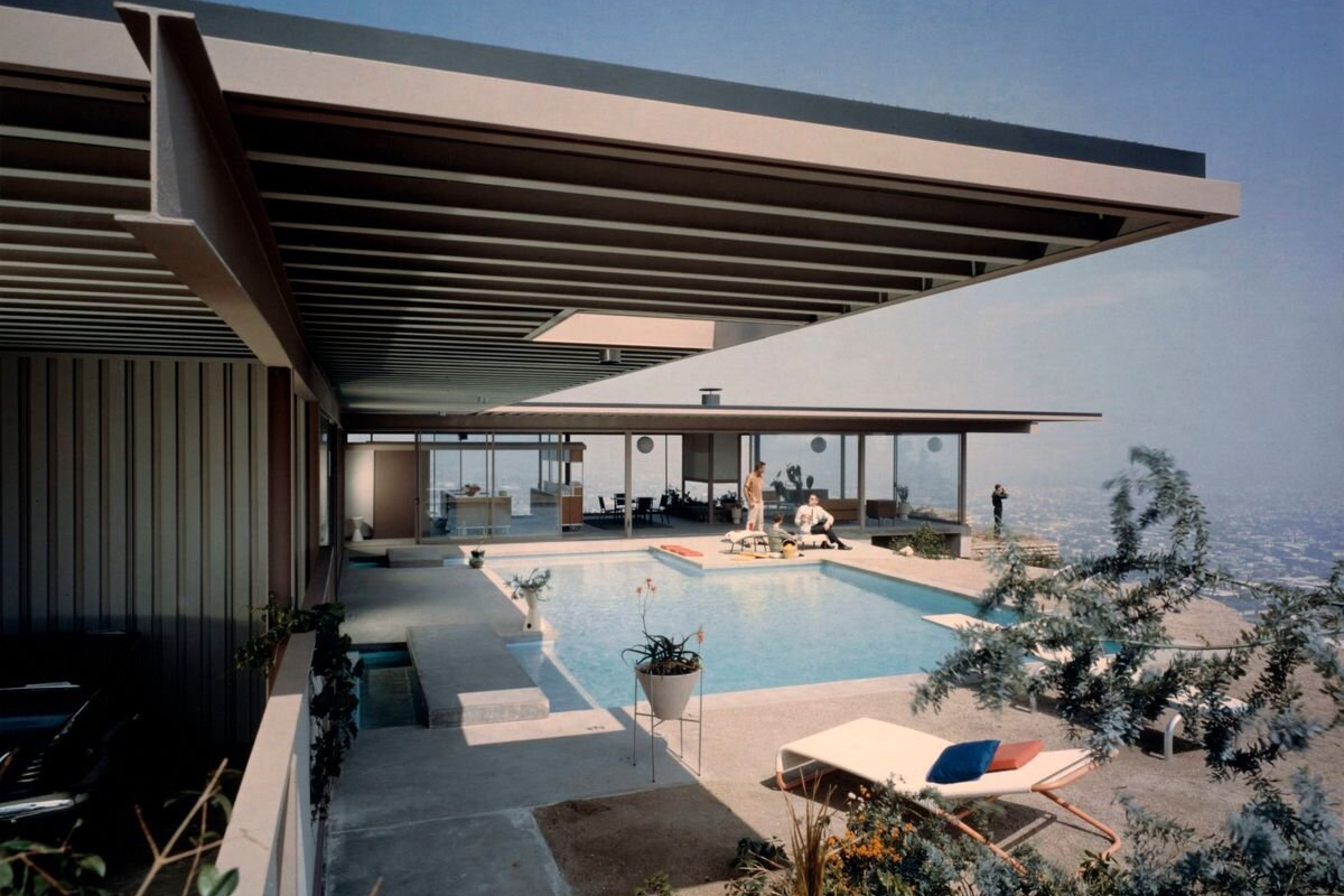
The Stahl House, Courtesy of the Getty Museum, designed by Pierre Koenig, Photography: Julius Shulman
Shulman also collaborated with several architects to shoot their work, like Frank Lloyd Wright and Pierre Koenig. His photos also contributed to the fame of some architects like Charles Eames, by highlighting their work. The photographer’s legendary pictures have established architectural photography as a new category in photography. He mostly used black and white films and focused on capturing the geometrics of modern architecture. His camera lens showcased the architect’s innovative concept as well as the character of that era. Although Shulman’s works mostly lacked human presence, there has always been a human air about them.
Many of the buildings Shulman took photos of were later torn down or modified. This is why his photos are still desired and published up to this day. The works of the renowned photographer have been organized, well-preserved, and displayed to the public by the Getty Research Institute.
A documentary titled “Visual Acoustics: The Modernism of Julius Shulman” was produced in 2008, one year before his death. It dealt with his life as well as his images. The film showed how his works helped prominent architects to showcase their works to the world. The film that was directed by Eric Bricker was narrated by Dustin Hoffman.


